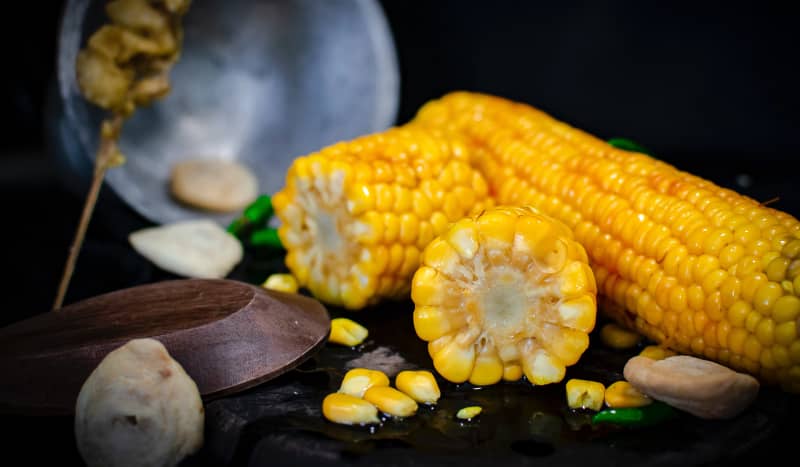
Corn Intolerance
Food intolerances are well understood but corn intolerance is one that is probably not often spoken about. What is it and how does it affect people?
What Is Corn Intolerance?
Do you suspect you suffer from corn intolerance? Corn intolerance is a dietary condition whereby the sufferers digestive tract has an inability to digest the protein found in this vegetable.
A relatively rare condition, corn intolerance often goes undiagnosed, or is mistaken for other conditions. The sooner people who have corn intolerance are diagnosed, the quicker the recovery, so being well informed about the potential symptoms of corn intolerance is really important. So what are some clues that you might be a sufferer? And how do you treat the condition once youve been diagnosed?
Symptoms
Some of the more common symptoms of this disorder include cramping, diarrhoea, nausea, migraine headaches, rashes or hives, though less common symptoms can range from depression, to eczema, to joint pains to ear infections to breathing problems and urinary tract infections.
Because there are such a wide range of symptoms, and some of them, such as eczema or ear infections, are illnesses in their own right, its important to look for more that one symptom that points to the illness.
It's also worth baring in mind that some of these symptoms, including cramping, diarrhoea and nausea are shared with other forms of Celiac disease, such as an inability to digest wheat or oats.
Treatment
If you suspect that you may have some the above symptoms, the best thing to do is to head to your GP immediately. Your GP will then run tests to determine the cause of your digestive problems.
The way this is done is that certain foods are eliminated from the diet to see if this alleviates symptoms, and then gradually introduced back into the diet.
If the symptoms disappear or reappear following a particular food being taken out or reintroduced into the diet that usually indicates a problem digesting that item.
Food Labels
The good news is that you can manage this condition if you eliminate this food item from your diet. This means reading food labels to make sure that there are no traces of this vegetable, because it can sometimes be found unexpectedly in foods such as bacon or ice cream.
Most Popular
- › Eating Healthy Foods
- › What is Calorie Counting? A Quick Guide
- › Cholesterol Levels - High & Low - Explained
- › Increase Metabolism with Exercise
- › What Is Diabetes?
- › Weightwatchers Review
- › Types of Diets & Weight Loss Programs
- › Getting Your Balanced Diet
- › Best Gym Equipment for Weight Loss
- › 5 A Day for Healthy Eating
You may also be interested in...
Carbohydrate Intolerance
Are you seeking carbohydrate intolerance information? Do you think you may have this health concern and want to find out more? Look no further than slimming.co.uk. We have the answers!Wheat Intolerance
Do you know what wheat intolerance is and what the symptoms are? Why not check out our quick guide to see whether this is something you may suffer from.Fructose Intolerance
Wondering about fructose intolerance? If you think you may have this condition but aren’t sure and want more information, let Slimming.co.uk help you get the answers.Oat Intolerance
Do you suspect that you are suffering from an oat intolerance? Discover the symptoms and how to deal with them and more on slimming.co.uk.Gluten Intolerance
Are you living with gluten intolerance? Perhaps you are just interested in learning more. If so, slimming.co.uk can help you to find out about the symptoms and treatments available.
